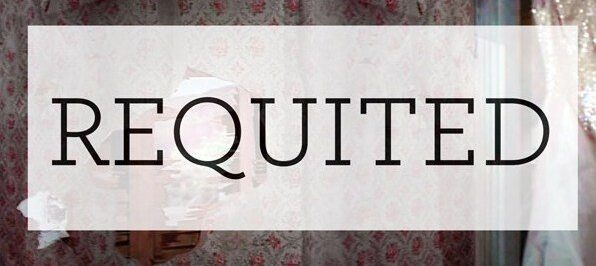Who’s world is this?
The world is yours.
NAS
The segregation of the vast city of Chicago is well documented and readily apparent to anyone who spends some time here. In 2011 Chicago will elect a new mayor, and as the politicians vie for votes, the separation of neighborhoods, aldermanic wards, and racial and ethnic enclaves is further reinforced. These phantom districts can be eliminated, if we want. Outside the offices that map these territories, it’s possible to tread the streets of the city and walk for miles over boundaries without a passport or visa. For a pedestrian, the most noticeable perimeters are over and under expressways and along bridges that cross the river. Moving east, the city rushes up to Lake Michigan, forcing an end to ambulatory travel.
In a city, borders exist on paper and with the loyalties held in the hearts of its residents. Pulling back, like the field of view in the Eames’ film Powers of Ten, we see that the soil of our planet occasionally sighs with natural boundaries while man-made fences and walls show traces of violence, scars burned into the land.
There are no borders here. The artists I have chosen for this issue of Requited represent the best of transgressions, coyotes for cultural expression that reflect the complexity of living in a world connected by satellites but increasingly divided by imaginary lines traced on its surface. These nomads live and move among various places scattered across both hemispheres. They are shape shifters working in many forms including video, performance, collage, poetry, painting, photography, conversation and sound. These artists welcome us with open arms and after our visit they pack our bags with memories of magic, war, labor, and revolution. Their works are gestures that compel us to construct our own hospitable homes, safe and surprising at the same time.
Here’s where globalization ceases to be a dirty word: when we are privileged to swim and run and eat and dance together without fear of borders. Ghosts emerge and become affixed in chlorophyll, songs are built with fruit and spices, moving images are stopped dead in their tracks, daughters and sons speak frankly with their fathers and mothers, and candid portraits reveal the uncanny interdependence between power and identity. As my home city of Chicago contends with how to administer its resources, I am grateful to these artists for showing us the connections between who we are and who we aspire to be.
Fereshteh Toosi is an interdisciplinary artist working with sound, experience design, performance, and public intervention. Her work has been shown at La Centrale Galerie in Montréal, Morono Kiang Gallery in Los Angeles, Transformer Gallery in Washington DC, Art in General in New York, Urban Institute for Contemporary Art in Grand Rapids, Space 1026 in Philadelphia, Hallwalls in Buffalo, and the Boston Center for the Arts. Her work was also featured in the 2005 Pittsburgh Biennale, the 2010 Bucharest Biennale, and the 2008 Democracy in America exhibit at the Park Avenue Armory in New York City. Learn more about her projects at http://fereshteh.net
